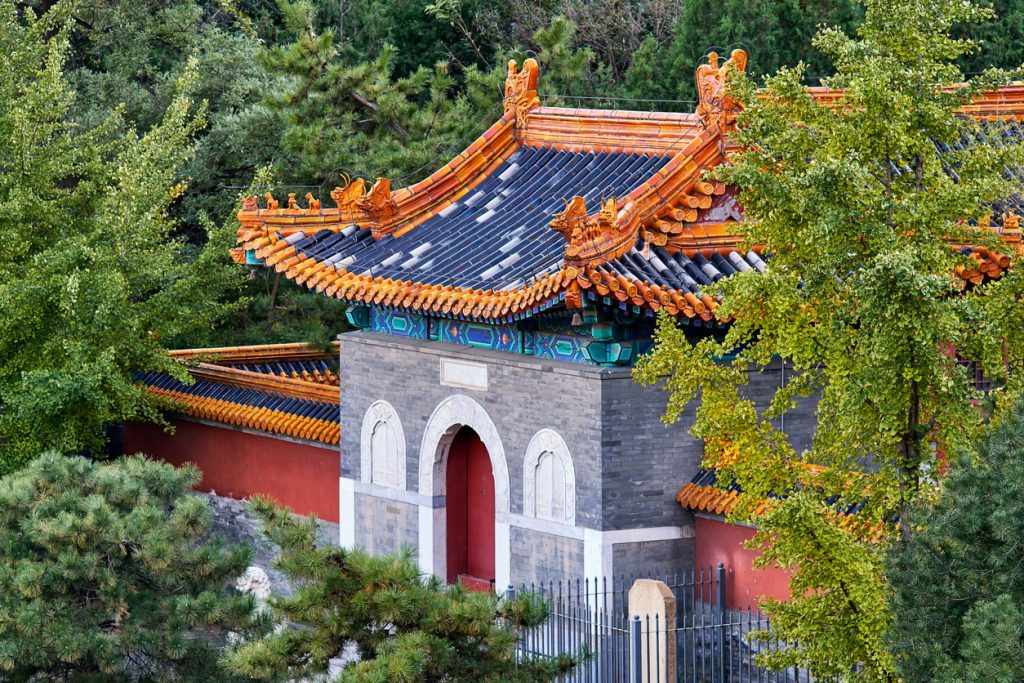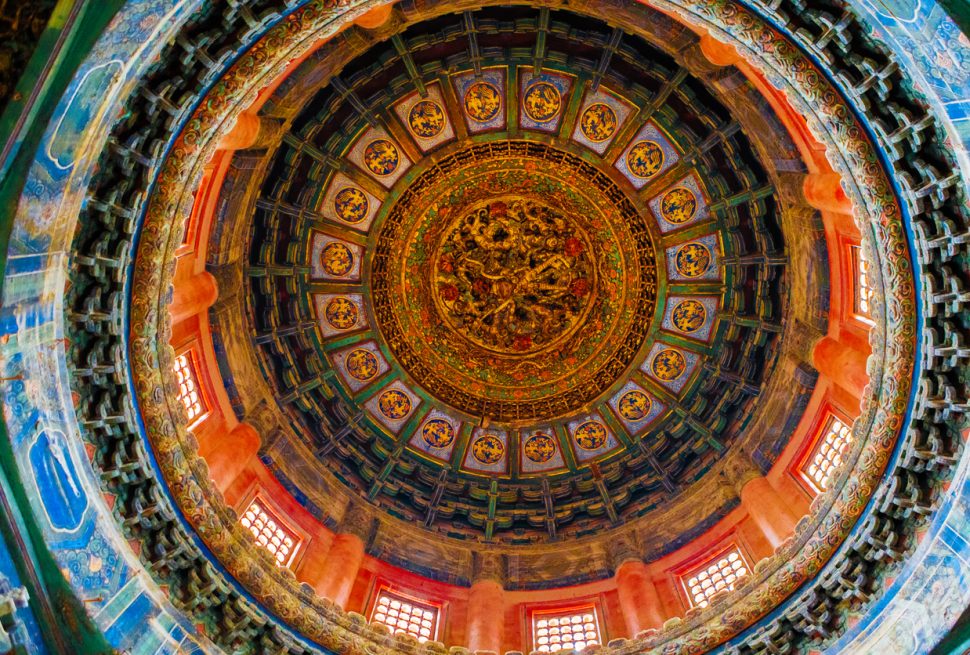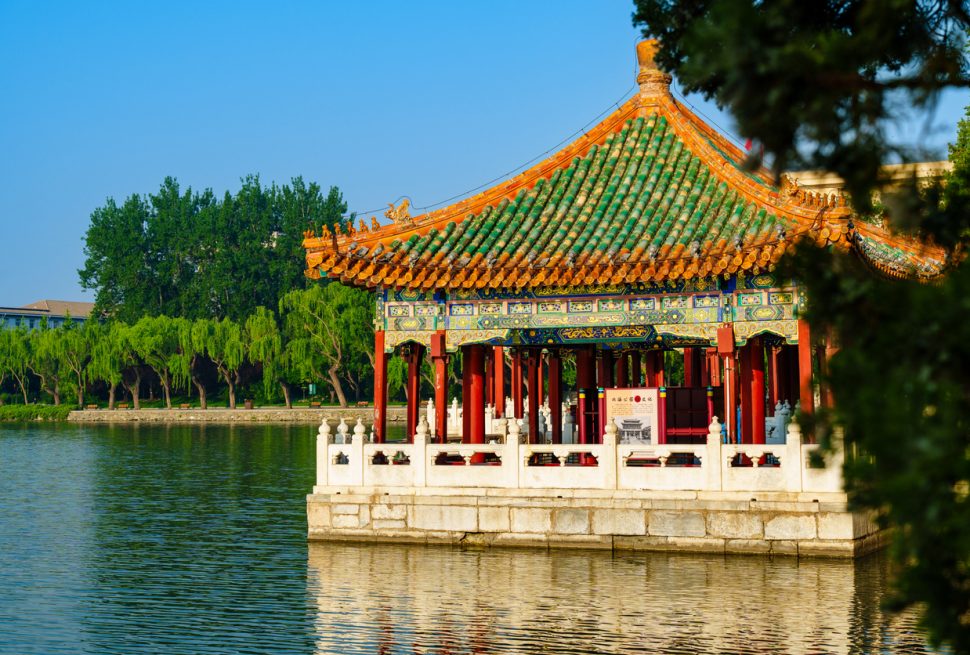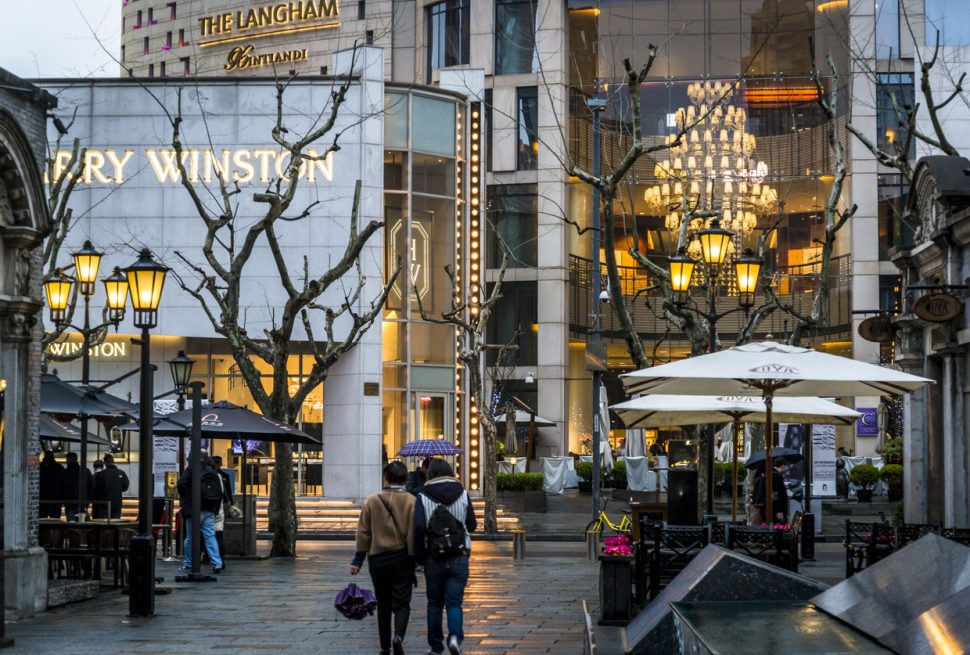The Great Wall of China is not just a symbol of Chinese history—it’s a bucket-list destination for travelers from around the world. But with so many different sections near Beijing, how do you choose the right one?
Whether you’re traveling with kids, hiking enthusiasts, or simply want to avoid the crowds, this guide will help you find the perfect Great Wall experience for your trip to Beijing.
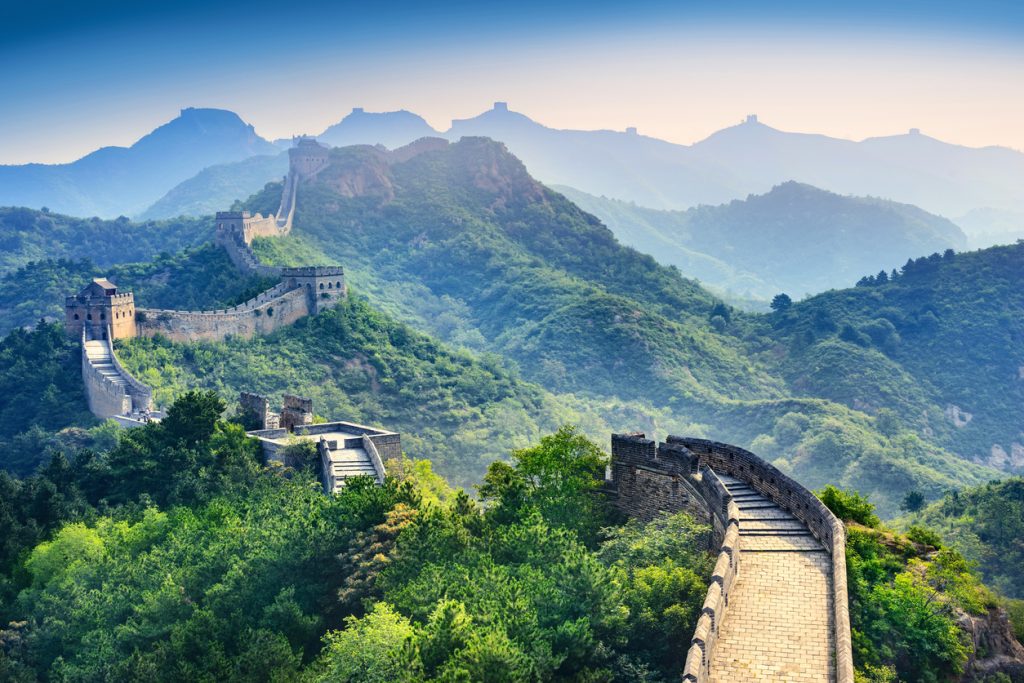
1. Badaling Great Wall (八达岭 Bādá Lǐng) – Most Famous & Easiest to Access
- 🚆 Easy to reach by public transport or high-speed train (30 minutes from Beijing).
- 🚡 Cable cars and fun slides available for different fitness levels.
- 🌟 Best choice for first-time visitors and families.
Badaling is the most visited section for a reason: it’s well-preserved, scenic, and tourist-friendly. However, it can get very crowded—especially on weekends and holidays.
🧭 Good for: First-timers, families, group tours
⚠️ Watch out for: Long queues in peak season
2. Mutianyu Great Wall (慕田峪 Mùtiányù) – Best Overall Experience
- 🌲 Lush forests and wide-open views.
- 🎢 Try the fun toboggan slide down the mountain.
- 👨👩👧👦 Less crowded than Badaling, perfect for kids and seniors.
This scenic and less crowded section is especially popular among international travelers. You’ll enjoy a more relaxed climb and beautiful photo opportunities.
🧭 Good for: All ages, foreign travelers, photographers
🚌 Tip: Best visited by car or private tour due to limited public transport.
3. Juyongguan Great Wall (居庸关 Jūyōngguān) – Steep and Grand
- 🏯 Known as “The First Pass Under Heaven.”
- 💪 Steeper than Badaling, offering a moderate challenge.
- ✨ Famous for night tours during special events.
If you’re into history and architecture, Juyongguan is a must-visit. It has no cable cars and may be too steep for young kids or elderly travelers.
🧭 Good for: History lovers, fit hikers, night-tour seekers
⚠️ Note: Not stroller- or senior-friendly
4. Simatai Great Wall (司马台 Sīmǎtái) – Night Tours & Gubei Water Town Combo
- 🌆 One of the few Great Wall sections open for night visits.
- 🛶 Next to charming Gubei Water Town—great for overnight stays.
- 🌌 Offers stunning views at sunset and after dark.
Simatai retains its original Ming Dynasty structure. Though parts are steep, cable cars help you get to the best spots without too much effort.
🧭 Good for: Couples, slow travelers, architecture fans
🎫 Tip: Stay overnight at Gubei Water Town for a full experience.
5. Huanghuacheng Water Great Wall (黄花城 Huánghuāchéng) – Wall Meets Water
- 🌊 The only Great Wall section with water running through it.
- 🚤 Boat rides and water-based activities available.
- 🧒 Great for families looking for a relaxed visit.
This peaceful section is ideal for a casual day trip with kids or seniors. The mix of lakes and stone walls creates a picturesque and unique view.
🧭 Good for: Nature lovers, families, laid-back visitors
📸 Best for: Water-and-wall photos
Bonus: Jinshanling & Jiankou for Serious Hikers
- Jinshanling (金山岭 Jīnshānlǐng): Quiet and dramatic views, perfect for photography.
- Jiankou (箭扣 Jiànkòu): Wild, unrestored, and challenging—only for experienced hikers.
These two are more remote and less developed, but offer some of the most rewarding hikes along the Great Wall.
Quick Comparison Table
| Section | Best For | Crowds | Accessibility | Cable Car |
|---|---|---|---|---|
| Badaling | First-timers, families | High | Excellent | Yes |
| Mutianyu | All ages, relaxed visits | Medium | Moderate | Yes |
| Juyongguan | History lovers, hikers | Medium | Good | No |
| Simatai | Couples, night views | Low | Moderate | Yes |
| Huanghuacheng | Families, scenic walks | Low | Moderate | No |
| Jinshanling | Photographers, trekkers | Very Low | Limited | Optional |
| Jiankou | Adventurers only | Very Low | Difficult | No |
Final Thoughts: Choose What Suits Your Style
No matter which section of the Great Wall you visit, you’ll walk on history and witness some of China’s most majestic landscapes. If you’re traveling with kids or elderly guests, go for Badaling or Mutianyu. Want a cultural combo? Try Simatai + Gubei. Looking to escape the crowds? Jinshanling is your hidden gem.
👉 Ready to explore the Great Wall?
Join one of our curated multi-day China tours and discover China’s greatest treasure—your way—with Big Panda Tours.
